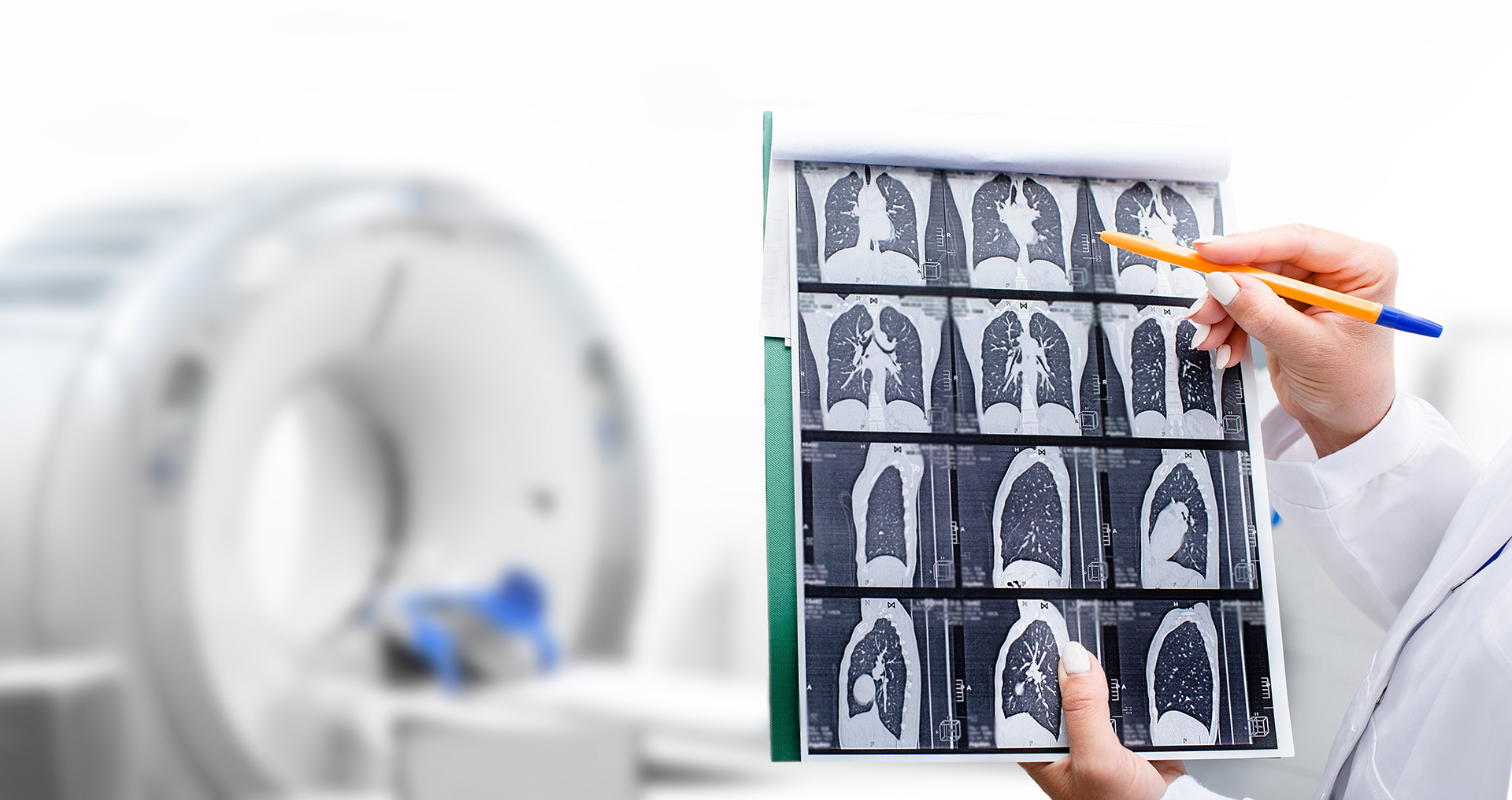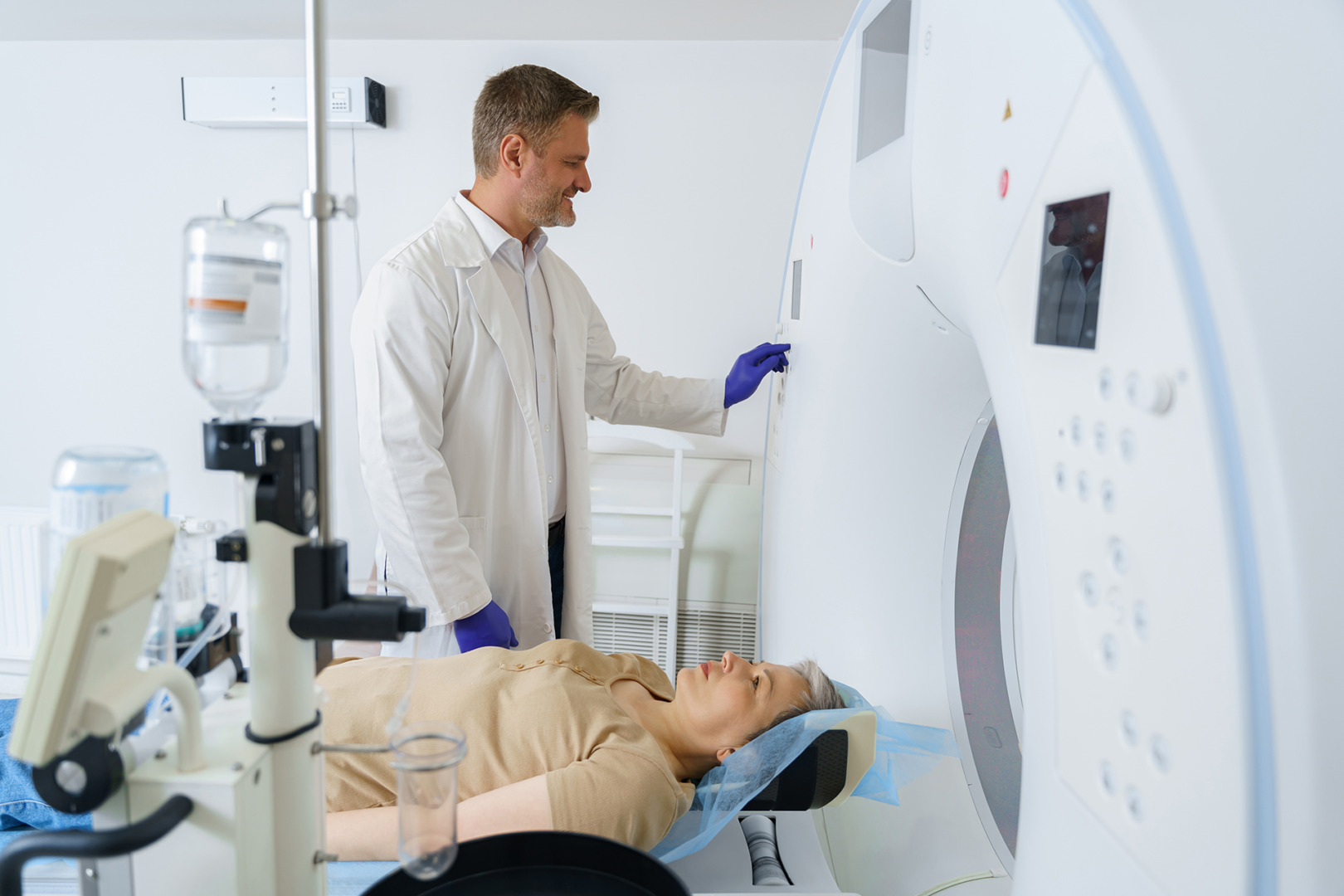Finding white spots on the lungs during a chest X-ray or CT scan can be scary. The medical term for these white spots is pulmonary nodules. They appear as small, round areas of increased density within the lung tissue. While they may look worrisome, most of the time, they are completely benign.
Pulmonary nodules are very common. Studies show they appear in up to 50% of high-resolution CT scans in adults. The clinical significance of white spots on lungs varies greatly depending on their size, shape, growth pattern and medical history. Having a comprehensive understanding of pulmonary nodules will help you better understand their causes, diagnosis and best course of treatment.
What Are White Spots on the Lungs?
By definition, pulmonary nodules are focal opacities in the lung up to 30mm in diameter. Anything larger is called a pulmonary mass and has different medical implications. These nodules can be single or multiple and anywhere in the lung tissue. When radiologists see white spots on the lungs, they assess several characteristics to determine what they are:

- Size: Generally, smaller nodules (less than 8mm) are less likely to be malignant.
- Shape and Edges: Nodules with irregular, spiculated (spoke-like) borders are more concerning than smooth, well-defined edges.
- Density: Solid nodules differ from ground-glass opacities (partially transparent) or calcified nodules in their clinical significance.
- Location: Certain patterns of distribution can suggest specific diagnoses.
- Growth Rate: The speed at which a nodule grows is the most important factor, as malignant nodules grow.
Understanding these characteristics will help patients who are worried about white spots in their imaging studies.
Common Causes of White Spots on Lungs
The differential diagnosis for pulmonary nodules is extensive and ranges from completely benign conditions to malignant processes. Some of the most common causes are:

Benign
- Granulomas: These are the most common type of benign lung nodule, forming as a response to past infections, usually fungal infections or tuberculosis. They are areas where the immune system has ‘walled off’ an infection, often leaving behind calcified remnants that appear as white spots on the lungs.
- Hamartomas: Benign tumours made of an abnormal mixture of normal tissues. Pulmonary hamartomas contain cartilage, fat, fibrous tissue and epithelial components. They appear as solitary nodules with well-defined borders and sometimes with popcorn-like calcifications.
- Lymph Nodes: Intrapulmonary lymph nodes can sometimes be seen as small nodules, especially in the lower lobes. These are typical structures that may become prominent due to past inflammatory processes.
- Vascular Malformations: Arteriovenous malformations or other vascular abnormalities can sometimes appear as nodules in imaging studies.
- Infectious Foci: Pulmonary nodules can manifest as active infections, such as bacterial pneumonia, fungal infections, or parasitic diseases. Unlike granulomas, these represent active rather than healed infections.
Potentially Malignant Causes
- Primary Lung Cancer: This is the biggest concern when white spots on the lungs are seen. Risk factors include age (over 50), smoking history, family history of lung cancer and exposure to certain environmental toxins.
- Metastatic Cancer: For patients with known primary cancer elsewhere, pulmonary nodules may represent metastatic spread. Cancers that commonly metastasise to the lungs include breast, colorectal, renal and melanoma.
- Lymphoma: Both Hodgkin and non-Hodgkin lymphoma can present with pulmonary nodules, though this is less common than other manifestations.
It’s worth noting that for most patients, especially those without significant risk factors, white spots on the lungs will ultimately prove to be benign findings that require no treatment beyond periodic monitoring.
Diagnostic Approach to White Spots on Lungs
When white spots on the lungs are noticed, the following diagnostic approach is a careful and systematic process to determine what they are while minimising unnecessary invasive procedures. This typically involves these steps:

Risk Assessment
Clinicians will assess risk factors for malignancy, including age and gender, smoking history (current, former or never-smoker), family history of lung cancer, occupational exposures to asbestos, radon, silica, etc., history of previous malignancy and presence of respiratory symptoms.
This risk stratification will guide subsequent evaluation and management.
Comparison with Prior Imaging
The most useful diagnostic tool is comparing it with any previous imaging. A nodule that has remained stable for two years or more is unlikely to be malignant. A nodule that grows (usually calculated through doubling time, or the time it takes to double in size) is suspicious and warrants further evaluation.
Additional Imaging Studies
Depending on the initial finding, additional imaging studies may be required:
- High-Resolution CT Scan: A CT scan will provide more detailed characterisation if the nodule was initially seen on a chest X-ray.
- PET-CT Scan: For nodules of sufficient size (usually >8mm), positron emission tomography (PET) and computed tomography (CT) scans can help evaluate metabolic activity. Malignant nodules typically show increased glucose uptake compared to benign lesions.
- Contrast-Enhanced CT: This can help evaluate the vascularity of the nodule, with malignant lesions often showing different enhancement patterns than benign nodules.
Tissue Sampling
When non-invasive approaches cannot categorise white spots on the lungs, tissue sampling may be necessary. Options include:
- Bronchoscopic techniques: These, including endobronchial ultrasound-guided biopsy, may be feasible for nodules near major airways.
- CT-Guided Needle Biopsy: A transthoracic approach under CT guidance may be used for peripheral nodules.
- Surgical Biopsy: In some cases, particularly when less invasive methods are unsuitable or have been non-diagnostic, surgical approaches such as video-assisted thoracoscopic surgery (VATS) may be recommended.
The choice of approach must balance the need for accurate diagnosis against the risks of invasive procedures, especially in patients with associated conditions that increase procedural risk. Your medical specialist will explain which diagnostic approach makes the most sense.
Management of White Spots on Lungs
Management of pulmonary nodules depends on their assessed nature:

Observation and Surveillance
A surveillance approach is generally recommended for nodules with low suspicion of malignancy. This involves serial imaging studies at intervals, the timing of which would be determined by the nodule’s characteristics and the patient’s risk profile.
Current guidelines from thoracic specialist societies recommend initial follow-up scans at 3, 6 or 12 months, extending the interval as stability is confirmed. The total duration of surveillance varies but generally continues for at least two years, after which the risk of malignancy is very low for stable nodules.
Treatment of Malignant Nodules
For nodules proven to be malignant, treatment depends on cancer type, stage and overall health status. Options include:
- Surgical Resection: When possible, surgical removal is the treatment of choice for early-stage lung cancers. This may involve removing part of the lung (wedge resection, segmentectomy, or lobectomy) and sampling of regional lymph nodes.
- Stereotactic Body Radiotherapy (SBRT): For patients who cannot have surgery, highly focused radiation therapy provides excellent local control for early-stage lung cancers.
- Systemic Therapy: For advanced disease or certain histological types, chemotherapy, immunotherapy or targeted therapy may be recommended.
Treatment of Benign Causes
Different approaches will be used to treat white spots of the lungs determined to have benign causes. For example, infectious nodules may need antimicrobial therapy, while inflammatory conditions may benefit from treatment for the underlying disease process.
Most benign nodules require no specific treatment beyond reassurance and potential surveillance to confirm stability.
Living with Uncertainty

Knowing that most pulmonary nodules are benign can be reassuring for many patients. Knowing that even for malignant nodules, those found incidentally are often diagnosed at an earlier and more treatable stage than those that cause symptoms can provide perspective.
One of the challenges of identifying white spots on the lungs is managing anxiety during the diagnostic process and surveillance period. Healthcare providers play a significant role in clearly communicating the likely significance of findings and the rationale behind recommended approaches. That’s why it’s important to work with a medical specialist you trust who has extensive experience in this field, like the specialists at Neumark Lung & Chest Surgery Centre.
When to Seek Specialist Assessment
White spots on the lungs are a common radiological finding that can affect a wide range of clinical entities. While they can cause anxiety, a systematic approach to evaluation can help ease your concerns with some certainty through advanced diagnostic techniques and subsequent managed planning.

While many pulmonary nodules are managed in primary care settings, certain situations require referral to specialists in pulmonology or thoracic surgery, such as:
- Nodules with high-risk features for malignancy
- Rapidly growing nodules
- Nodules in patients with high-risk profiles
- Multiple nodules of unknown origin
- Nodules that need tissue sampling for diagnosis
- Any nodule causing patient anxiety
Specialist centres like Neumark Lung & Chest Surgery Centre offer a comprehensive assessment and management of patients with white spots on their lungs with access to all the diagnostic and therapeutic modalities available. Book an appointment with us now to take control of your lung health.

